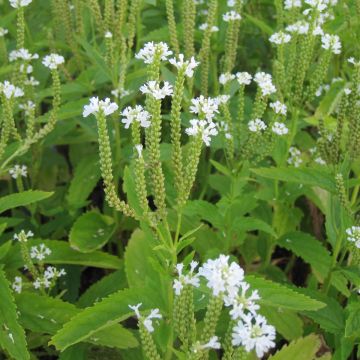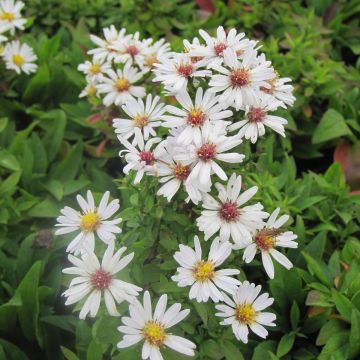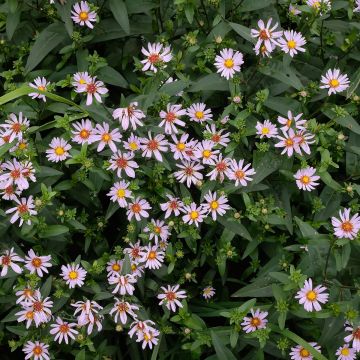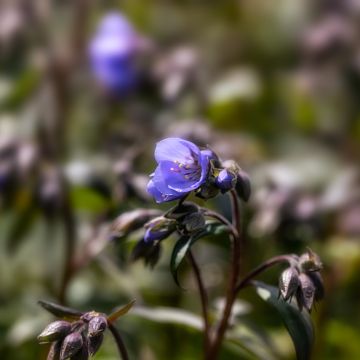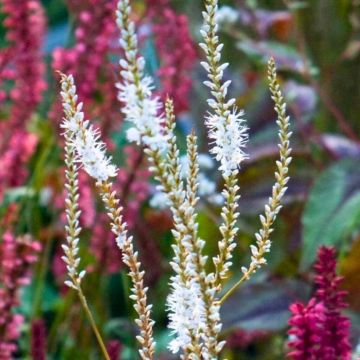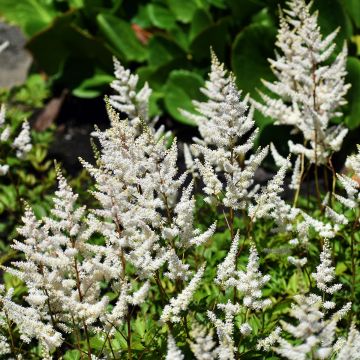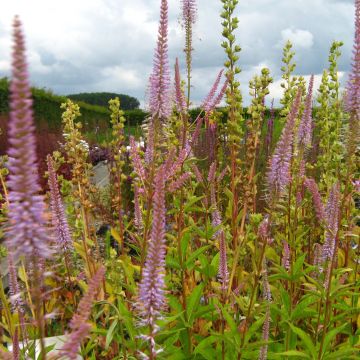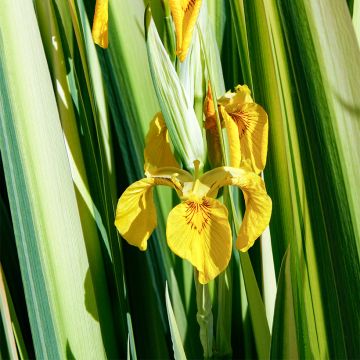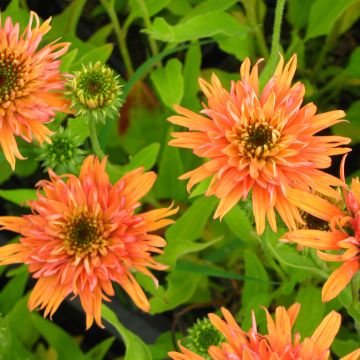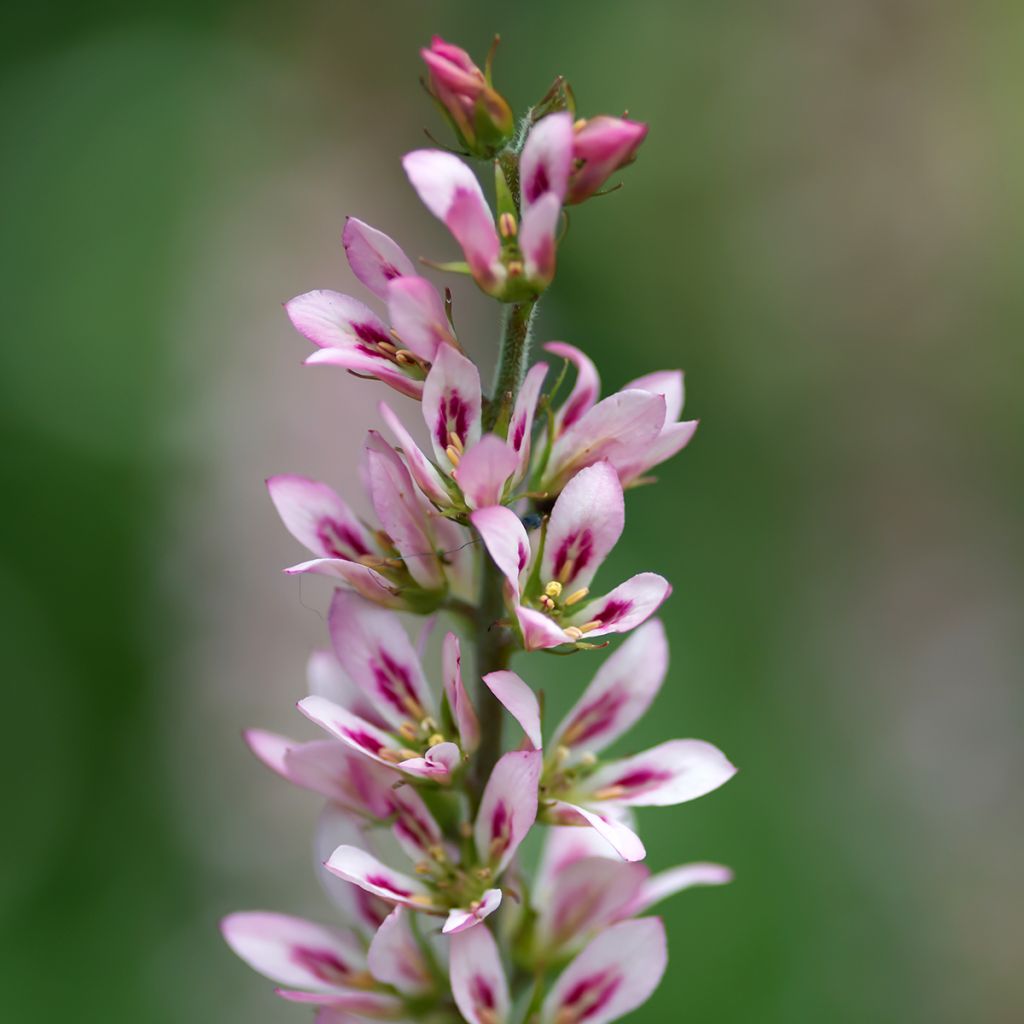

Francoa sonchifolia
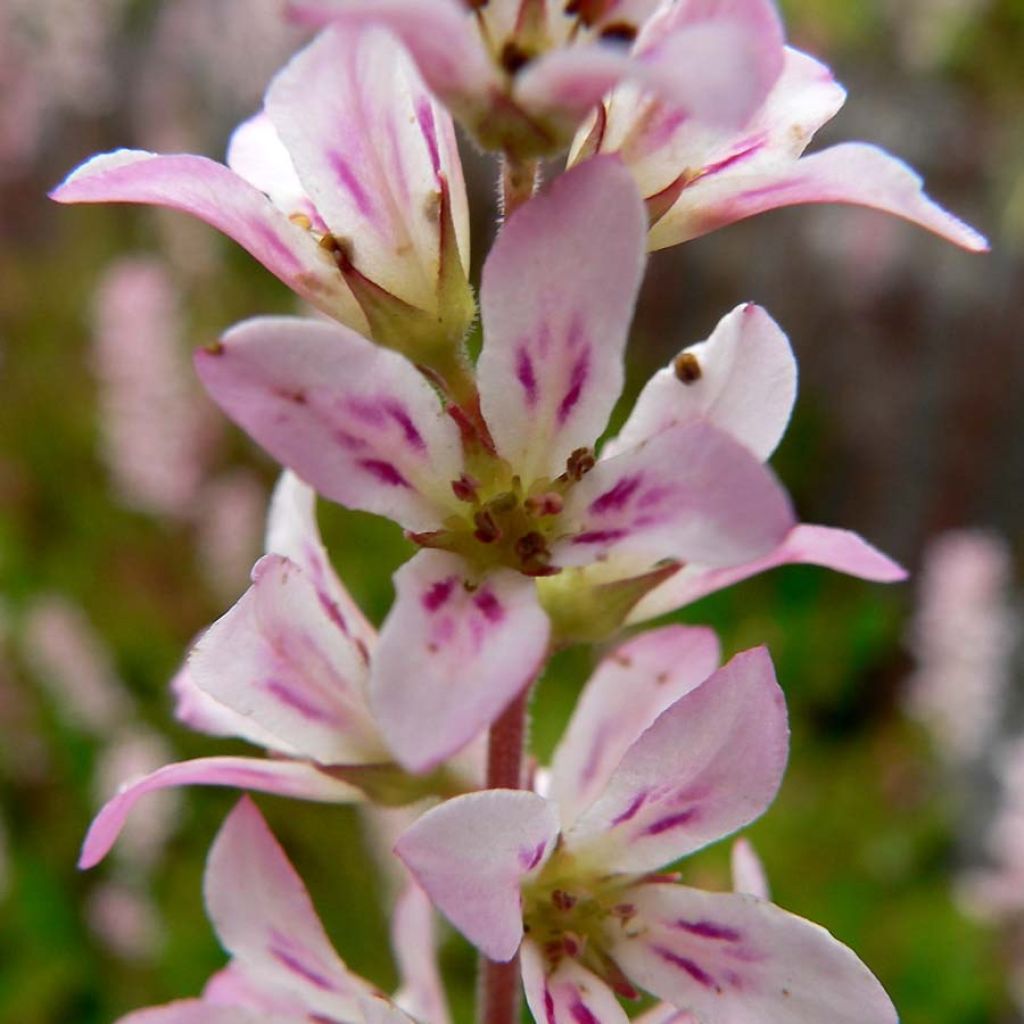

Francoa sonchifolia
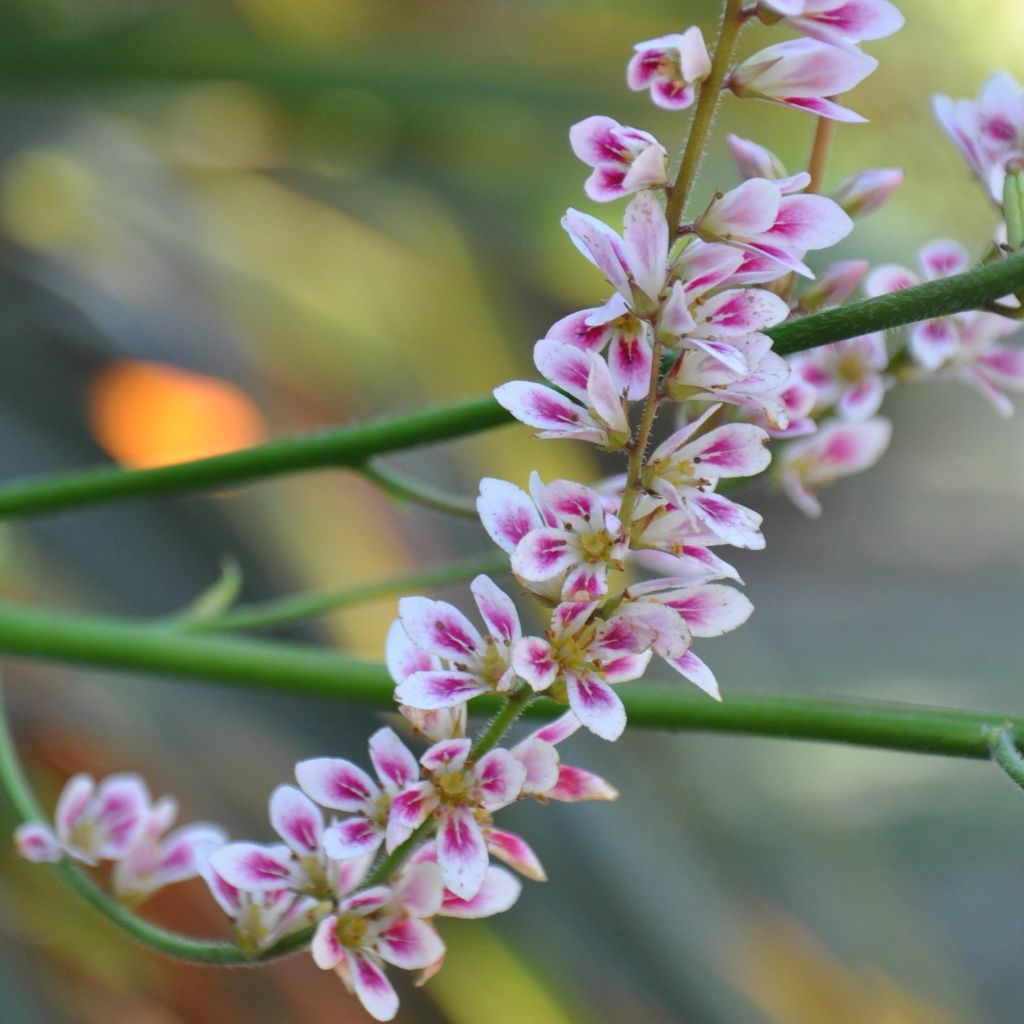

Francoa sonchifolia
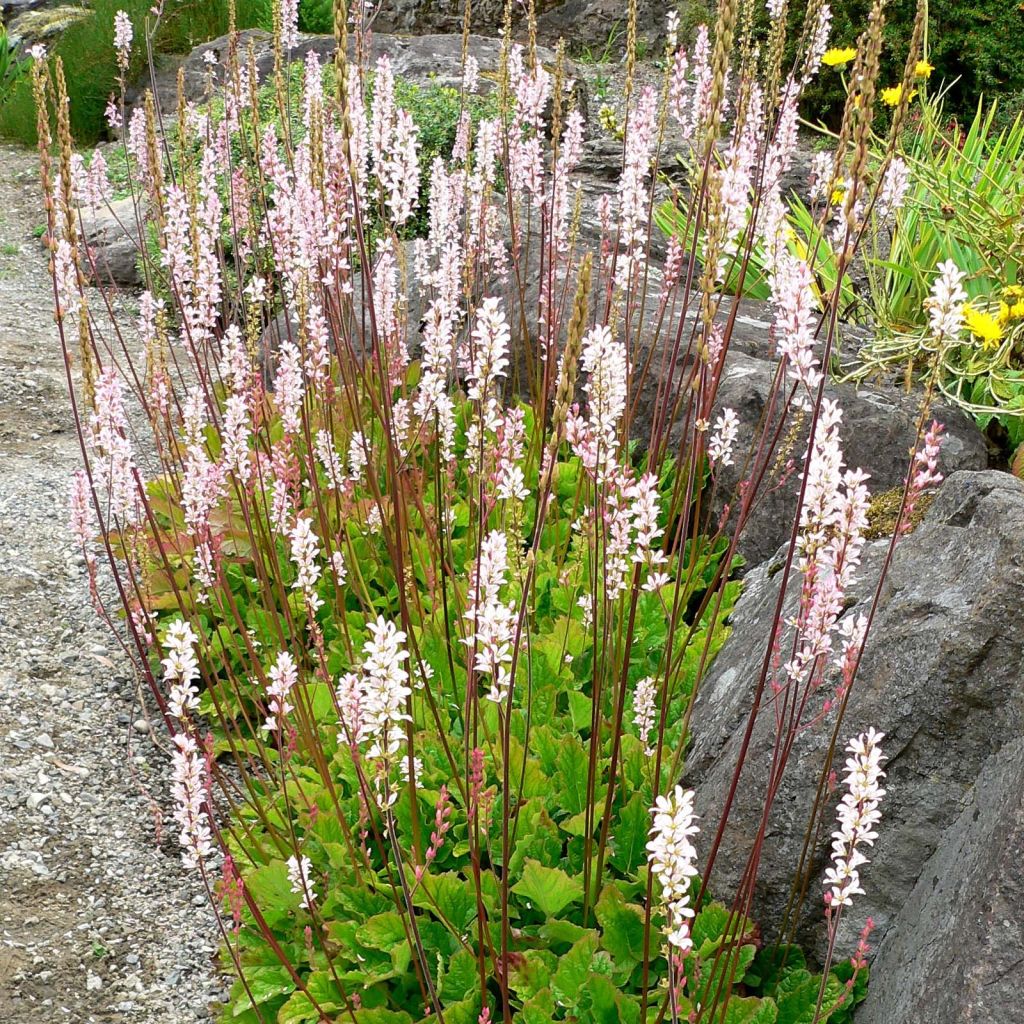

Francoa sonchifolia
Francoa sonchifolia
Francoa sonchifolia
Wedding flower, Bridal wreath
Order arrived upside down, 5 naked black buckets (including 1 empty) not identifiable as labels are mixed up, in the box. Is it the content of the empty arrived bucket? I have the photo of the 4 young plants planted whose name I am unaware of, in order to proceed by elimination...
Nathalie, 05/12/2022
This item cannot be shipped to the selected country
Delivery charge from €5.90
More information
Schedule delivery date,
and select date in basket
This plant carries a 12 months recovery warranty
More information
We guarantee the quality of our plants for a full growing cycle, and will replace at our expense any plant that fails to recover under normal climatic and planting conditions.
From €5.90 for pickup delivery and €6.90 for home delivery
Express home delivery from €8.90.
Does this plant fit my garden?
Set up your Plantfit profile →
Description
Francoa sonchifolia is a perennial Andean plant rarely planted in gardens but highly prized in floral art. It forms a rosette of leaves from which dense flower spikes rise in late spring and early summer, with small pale-pink flowers with darker pink spots in the centre of the petals. Plant it in a border, in a sheltered and semi-shaded position, in well-drained, moist and humus-rich soil. It can also be grown in pots, which allows the plant to be protected from cold and humidity in winter.
Francoa sonchifolia is an evergreen perennial of mountainous origin belonging to the Francoaceae family. In the wild, it grows in the rocky crevices of the steep relief of the Chilean Andes, above water, where it forms dense ground covers. This plant develops basal rosettes consisting of lanceolate, deeply lobed and undulate leaves of variable shape, which persist in winter. Flowering occurs from June to August depending on the climate. Rosettes of leaves emerge from non-branched stems, carrying compact clusters of star-shaped flowers 1 to 2cm (1in) in diameter, 45cm (18in) above the ground. They emerge as dark pink buds and then open into pale-pink corollas marked with a small purplish pink comma at the base of the petals. This species can tolerate temperatures around -8 to -10°C (17.6 to 14°F) for a short period if the soil is dry in winter.
Their beautiful, long-lasting flowers are often used in bouquets. They can be grown in full sun or semi-shade, to form beautiful borders along pathways, or in front of perennial and annual beds. These majestic alpine plants are ideal in cool rock gardens, surrounded by saxifrages, edelweiss, Ajuga reptans, gentians, Alchemilla mollis, or androsaces. They can also be grown in pots, which can then be protected from winter rains, thus ensuring their perennial nature.
Report an error about the product description
Francoa sonchifolia in pictures
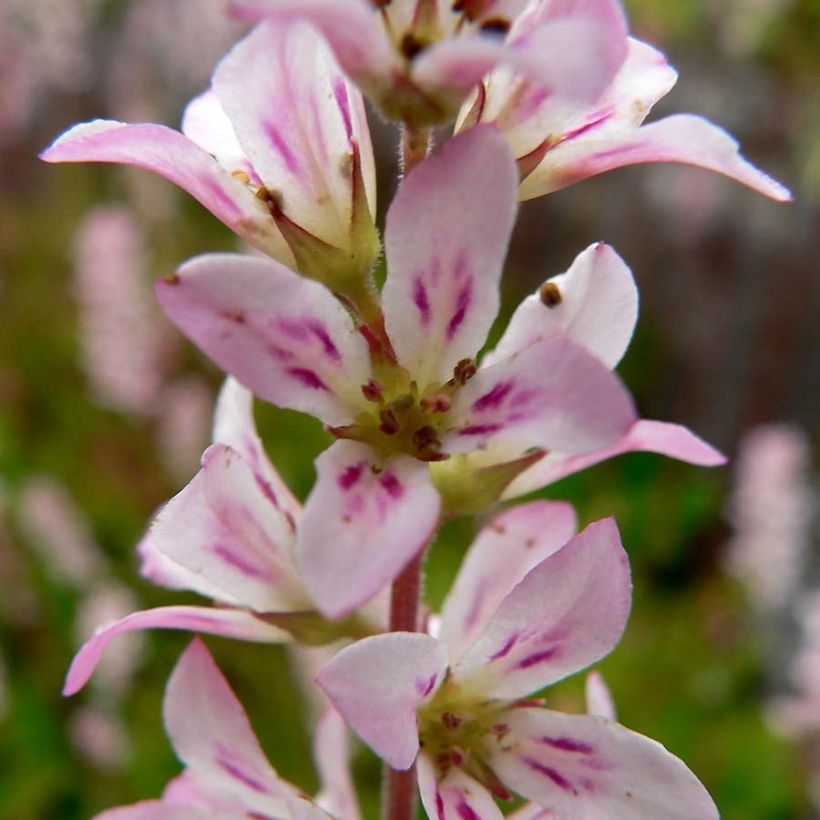

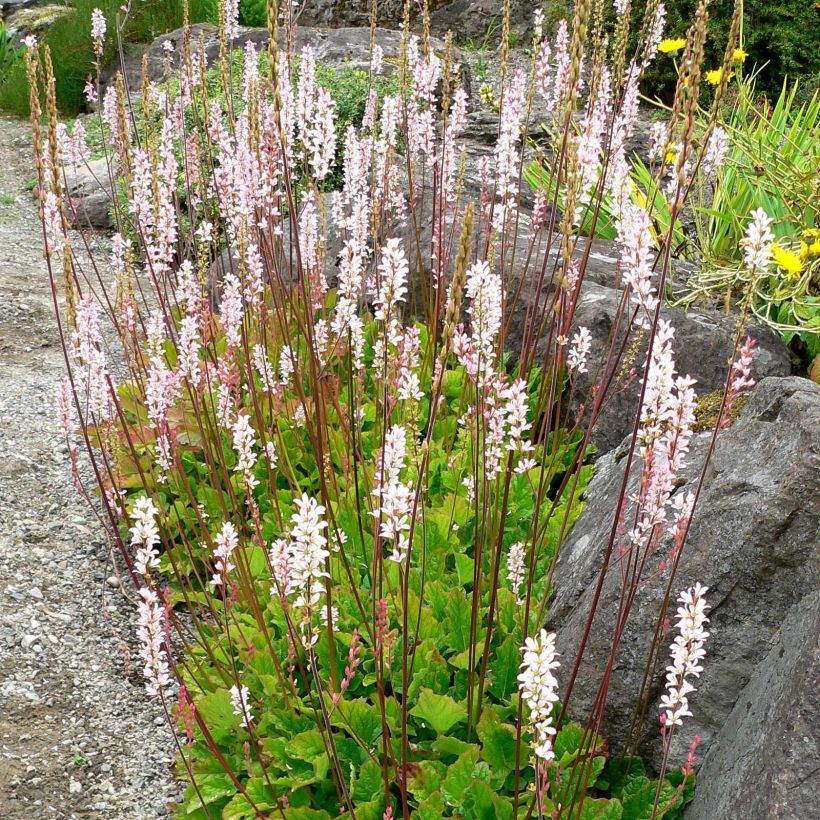

Flowering
Foliage
Plant habit
Botanical data
Francoa
sonchifolia
Saxifragaceae
Wedding flower, Bridal wreath
South America
Planting and care
Francoa sonchifolia should be planted in humus-rich soil that remains moist in spring and summer, but is perfectly well-drained and preferably dry in winter. They fear waterlogged soils combined with negative temperatures. Choose a partially shaded exposure, or a sunny spot that is not scorching.
Its hardiness is not its main asset. However, they can withstand humid winters when planted in the right soil, in a sheltered position protected from cold winds. Their evergreen foliage does not allow for complete mulching of the stumps, but dry dead leaves inserted between the clumps provide sufficient protection.
Planting period
Intended location
Care
-
, onOrder confirmed
Reply from on Promesse de fleurs
Cottage garden perennials
Haven't found what you were looking for?
Hardiness is the lowest winter temperature a plant can endure without suffering serious damage or even dying. However, hardiness is affected by location (a sheltered area, such as a patio), protection (winter cover) and soil type (hardiness is improved by well-drained soil).

Photo Sharing Terms & Conditions
In order to encourage gardeners to interact and share their experiences, Promesse de fleurs offers various media enabling content to be uploaded onto its Site - in particular via the ‘Photo sharing’ module.
The User agrees to refrain from:
- Posting any content that is illegal, prejudicial, insulting, racist, inciteful to hatred, revisionist, contrary to public decency, that infringes on privacy or on the privacy rights of third parties, in particular the publicity rights of persons and goods, intellectual property rights, or the right to privacy.
- Submitting content on behalf of a third party;
- Impersonate the identity of a third party and/or publish any personal information about a third party;
In general, the User undertakes to refrain from any unethical behaviour.
All Content (in particular text, comments, files, images, photos, videos, creative works, etc.), which may be subject to property or intellectual property rights, image or other private rights, shall remain the property of the User, subject to the limited rights granted by the terms of the licence granted by Promesse de fleurs as stated below. Users are at liberty to publish or not to publish such Content on the Site, notably via the ‘Photo Sharing’ facility, and accept that this Content shall be made public and freely accessible, notably on the Internet.
Users further acknowledge, undertake to have ,and guarantee that they hold all necessary rights and permissions to publish such material on the Site, in particular with regard to the legislation in force pertaining to any privacy, property, intellectual property, image, or contractual rights, or rights of any other nature. By publishing such Content on the Site, Users acknowledge accepting full liability as publishers of the Content within the meaning of the law, and grant Promesse de fleurs, free of charge, an inclusive, worldwide licence for the said Content for the entire duration of its publication, including all reproduction, representation, up/downloading, displaying, performing, transmission, and storage rights.
Users also grant permission for their name to be linked to the Content and accept that this link may not always be made available.
By engaging in posting material, Users consent to their Content becoming automatically accessible on the Internet, in particular on other sites and/or blogs and/or web pages of the Promesse de fleurs site, including in particular social pages and the Promesse de fleurs catalogue.
Users may secure the removal of entrusted content free of charge by issuing a simple request via our contact form.
The flowering period indicated on our website applies to countries and regions located in USDA zone 8 (France, the United Kingdom, Ireland, the Netherlands, etc.)
It will vary according to where you live:
- In zones 9 to 10 (Italy, Spain, Greece, etc.), flowering will occur about 2 to 4 weeks earlier.
- In zones 6 to 7 (Germany, Poland, Slovenia, and lower mountainous regions), flowering will be delayed by 2 to 3 weeks.
- In zone 5 (Central Europe, Scandinavia), blooming will be delayed by 3 to 5 weeks.
In temperate climates, pruning of spring-flowering shrubs (forsythia, spireas, etc.) should be done just after flowering.
Pruning of summer-flowering shrubs (Indian Lilac, Perovskia, etc.) can be done in winter or spring.
In cold regions as well as with frost-sensitive plants, avoid pruning too early when severe frosts may still occur.
The planting period indicated on our website applies to countries and regions located in USDA zone 8 (France, United Kingdom, Ireland, Netherlands).
It will vary according to where you live:
- In Mediterranean zones (Marseille, Madrid, Milan, etc.), autumn and winter are the best planting periods.
- In continental zones (Strasbourg, Munich, Vienna, etc.), delay planting by 2 to 3 weeks in spring and bring it forward by 2 to 4 weeks in autumn.
- In mountainous regions (the Alps, Pyrenees, Carpathians, etc.), it is best to plant in late spring (May-June) or late summer (August-September).
The harvesting period indicated on our website applies to countries and regions in USDA zone 8 (France, England, Ireland, the Netherlands).
In colder areas (Scandinavia, Poland, Austria...) fruit and vegetable harvests are likely to be delayed by 3-4 weeks.
In warmer areas (Italy, Spain, Greece, etc.), harvesting will probably take place earlier, depending on weather conditions.
The sowing periods indicated on our website apply to countries and regions within USDA Zone 8 (France, UK, Ireland, Netherlands).
In colder areas (Scandinavia, Poland, Austria...), delay any outdoor sowing by 3-4 weeks, or sow under glass.
In warmer climes (Italy, Spain, Greece, etc.), bring outdoor sowing forward by a few weeks.




































